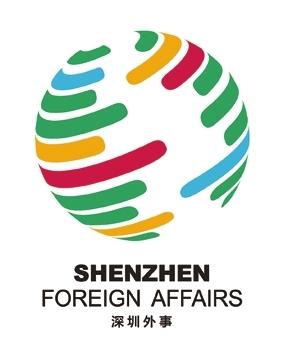
The Koh-i-Noor — one of the world’s most famous and controversial diamonds — will be part of a new exhibition at the Tower of London that recognizes it as “a symbol of conquest.” The display will explore the origins and history of the crown jewels. It opens May 26 — the same month as the coronation of King Charles III and Camilla, the Queen Consort, according to a statement from the Historic Royal Palaces (HRP) last week. The exhibition will explain the 105.6-carat diamond’s highly conflicted and colonial past, including how it came to be included in the British crown jewels. Following Queen Elizabeth II’s death last year, India has renewed calls for the stone’s repatriation. Camilla has decided not to include the contested jewel in her coronation crown, which was set in the Queen Mother’s state crown in 1937. “(The exhibit) references its long history as a symbol of conquest, which has passed through many hands,” said Sophie Lemagnen, media manager for the Tower of London. Among its previous owners were “Mughal Emperors, Shahs of Iran, Emirs of Afghanistan, and Sikh Maharajas,” HRP said. The East India Company took the Koh-i-Noor from the deposed Maharaja Duleep Singh in 1849 and it was given to Queen Victoria. Meaning “mountain of light,” the Koh-i-Noor is thought to have been unearthed in central southern India. Originally at a dazzling 191 carats, it was recut in 1852 to improve its brilliance by Garrard of London, the royal jeweler, to the size it is now. To explain the stone’s story, the exhibit will be accompanied by a combination of objects and projections. These include an “Indian armlet set with replica Koh-i-Noor, showing its dimensions before its re-cutting, and Queen Alexandra’s crown frame of 1902, which was set with the stone,” Lemagnen said. A short film, including a map charting the diamond’s journey as it changed ownership, will also be shown, she added. Other crown jewels to go on display include the coronation spoon used to anoint the monarch. The story of the Cullinan diamond —the world’s largest known clear-cut diamond — will also feature. Words to Learn 相关词汇 【征服】 zhēngfú conquest the act of acquiring by force 【涂油】 túyóu anoint make someone holy, a king or queen, in a religious ceremony by putting holy water or oil on them 光之山是世界上最著名和最具争议的钻石之一,将出现在伦敦塔即将举办的新展览,展览介绍这颗钻石是“征服的象征”。 展览将探索皇冠珠宝的来源和历史。历史皇宫管理委员会上周声称展览于5月26日开幕 —— 这个月还将迎来国王查理三世和王妃卡米拉的加冕。 展览将介绍这颗 105.6 克拉的钻石背后的冲突和殖民史,以及它如何成为英国皇冠珠宝。 去年女王伊丽莎白二世去世后,印度再次呼吁英国归还这颗钻石。卡米拉决定她的加冕王冠不镶嵌这颗有争议的宝石,该钻石此前于1937 年镶嵌在太后的王冠上。 “钻石数次易主,(展览)将其悠久的历史归纳为征服的象征,”伦敦塔媒体经理苏菲•莱马宁说。 历史皇宫管理委员会说,钻石的主人包括“莫卧儿皇帝,伊朗国王,阿富汗埃米尔和锡克教大君”。东印度公司于1849年从被废黜的杜利普•辛格大君手中夺走了光之山,送给了维多利亚女王。 Koh-i-Noor的意思是“光之山”,被认为是在印度中南部出土的。 它最初重达 191 克拉,为了提高其亮度,1852 年由伦敦的皇家珠宝商加拉德重新切割,成为现在的样子。 展览还用其它物品和影像资料解释钻石的故事,其中包括镶嵌着钻石仿制品的印度臂章,可以看出钻石的原始尺寸,以及1902年属于亚历山德拉王后的曾镶嵌这颗钻石的皇冠,”莱马宁说。 她说还将放映一部短片,包括一幅地图,介绍钻石换手时走过的旅程。 其他展品包括给君主涂油用的加冕勺,还会介绍全球已知的最大净切钻石 —— 库里南钻石。 | 
